After writing a great email, your next thought will be the best sign-off to use. The sign-off you use in your email has a major role to play in how your recipient will perceive or receive your email.
After writing your email, the sign-off you will use depends on what type of email you are writing, who you are sending it to, and how you want the person to interpret the email.
The sign-off that you will use for an email that you’re sending to a friend is not the same sign-off to use for an email that you’re sending to a potential employer?
“Best regards” “Best wishes”, and “kind regards” are three of the best sign-off options for business emails. However, it is very important to know the exact one to use in your email.
Where to use “Best regards”
“Best regards” is the most common sign-off used in most emails. It is a safe, friendly, and respectful sign-off that you can use in an email that you’re sending to prospects, clients or work colleagues.
It is a neutral sentiment that communicates respect and appreciation without being too overly friendly with your recipient. It can be used both in a casual and professional context. You can also use this sign-off when you don’t really know the person you’re sending your email to.
When to use “Best regards”
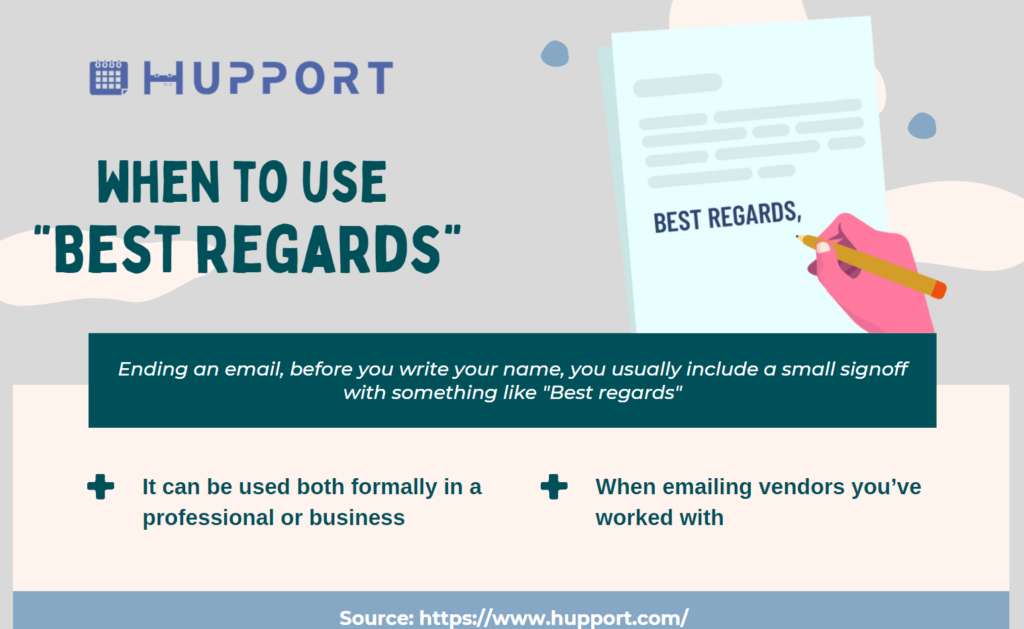
When to use “Best regards”
Best regards is a very common sign-off that is suitable for most situations. It can be used in almost any scenario.
Some of these scenarios include:
- When emailing prospects and existing clients
- When emailing vendors you’ve worked with
- When emailing colleagues
- When emailing a friend
Example
If you have any questions or inquiries concerning our products, feel free to send me an email. I will be happy to answer your questions and inquiries.
Best Regards,
John Lius
Where to use “Best wishes”
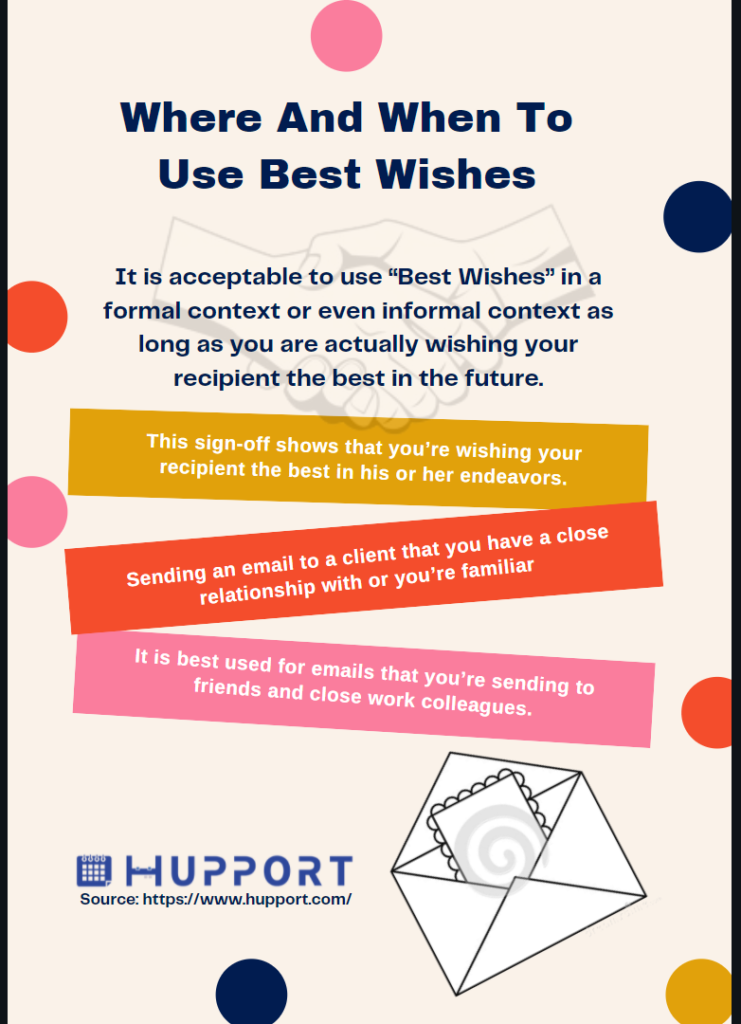
Where to use “Best wishes”
”Best wishes” is a less formal version of “Best regards”. This sign-off shows that you’re wishing your recipient the best in his or her endeavors. It is best used for emails that you’re sending to friends and close work colleagues. You can also use it for emails that you’re sending to clients that you have very close relationships with.
When to use “Best wishes”
“Best wishes” can be used in scenarios such as:
- Sending an email to a friend
- Sending an email to a family member
- Sending an email to a close colleague
- Sending an email to a client that you have a close relationship with or you’re familiar with
Example
I want to congratulate you on the success of your product demo. I’m sure you have been able to capture the mind of potential buyers.
Best Wishes,
John Lius
Where to use “Kind regards”
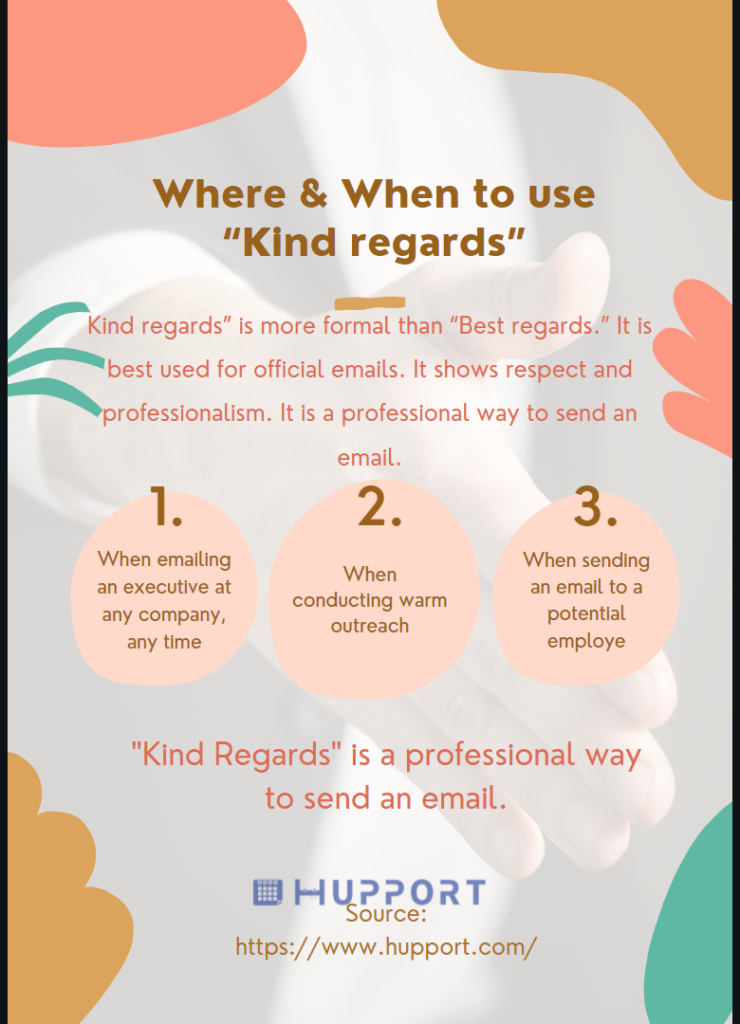
Where to use “Kind regards”
Kind regards” is a more formal than “Best regards.” It is best used for official emails. It shows respect and professionalism. It is a professional way to end an email.
When to use “Kind regards”
“Kind regards” is best used for professional emails and emails that you’re sending to persons you don’t know personally.
Scenarios to use “Kind regards” include:
- When sending an email to your boss
- When sending an email to a potential employer
- When sending an email to a prospect or client you don’t know personally
- When sending an email to an executive
- When sending an email to someone you don’t know
Example
I want to inform you of your meeting that is scheduled for 1 pm tomorrow. Please, don’t be late.
Kind regards,
John Lius
FAQs
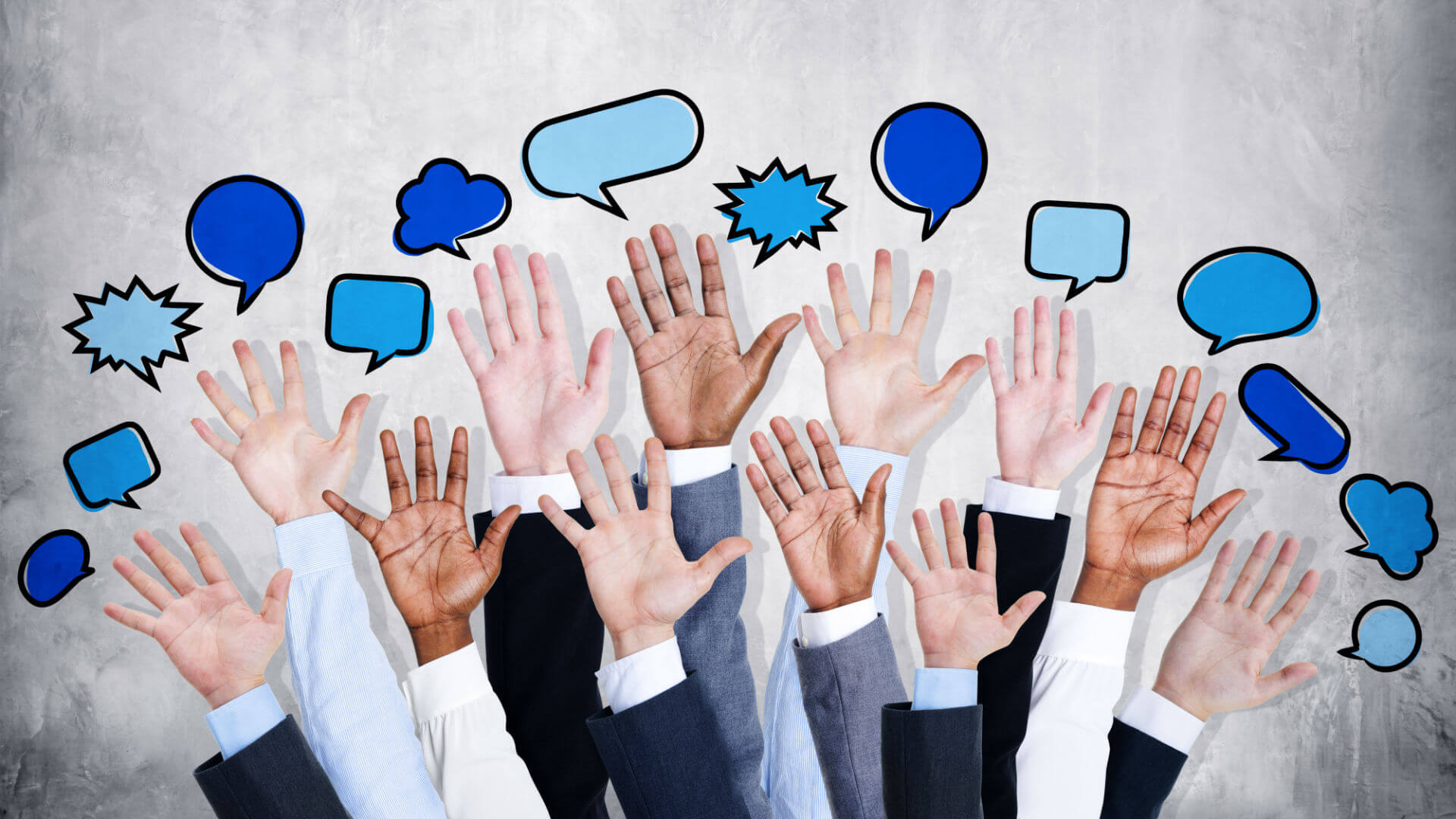
Is “Best regards” a good closing?
“Best regards” is a good closing that is suitable for almost any kind of scenario. It is the most common closing used for emails. “Best regards” is ideal for both formal and informal emails.
What can I say instead of best regards?
Best regards alternative include:
- All the best
- Thank you
- Thanks again
- Thanks in advance
- Thank you for your time
- Respectfully
- Best
- Cheers
- Have a wonderful day
Is the R in Best regards capitalized?
The R in “Best regards” is not capitalized. Only the B is capitalized.
Is Kind regards rude?
“Kind regards” is not rude. Instead, it shows respect and professionalism. You’re kindly regarding the individual, and this can never be perceived as rude.
Can you say kindest regards?
Yes. You can say “Kindest regards”. It puts more emphasis on the “Kind” remark. However, it is best to use “Kind regards” instead of “Kindest regards”.
Should I use sincerely or best regards?
“Sincerely” is a less formal closing than “Best regards”. Sincerely shows a sign of sincerity. It is best used when sending an email to show your recipient that you’re being sincere. Sincerely placed emphasis on being sincere why “Best regards” can be used in almost any context. If you’re sending a personal email to a close friend or a lover, it is best to use “Sincerely” but if you’re sending an official email to a friend or colleague, it is best you use “Best regards”.
When should I use best regards?
“Best regards” can be used in almost any scenario. It is the most common sign-off used in most emails.
As stated above, “Best regards” can be used when;
- When emailing prospects and existing clients
- When emailing vendors you’ve worked with
- When emailing colleagues
- When emailing a friend
How do you respond to kindest regards?
The content of the email will determine your response. Appropriate responses include;
- Many thanks
- With thanks
- With gratitude
- Kind regards
- Best regards
What is the meaning of Kindest regards?
“Kindest regards” is a common, semi-formal sign-off of an email or letter expressing well wishes to the recipient. It shows respect and professionalism.
How do you end an informal email?
Informal emails are unofficial emails. When you’re sending a friendly email to a friend or close acquaintance, it is known as an informal email.
You can end an informal email using;
- Thank you
- Many thanks
- Warm wishes
- With gratitude
- Best
- Sincerely
- Regards
- Kind regards
What does kindest mean in kind regards?
“Kindest” places emphasis on “Kind”. It means that you’re very kindly regarding the person’s personality. It shows a deep sense of respect.
How do you respond to best regards?
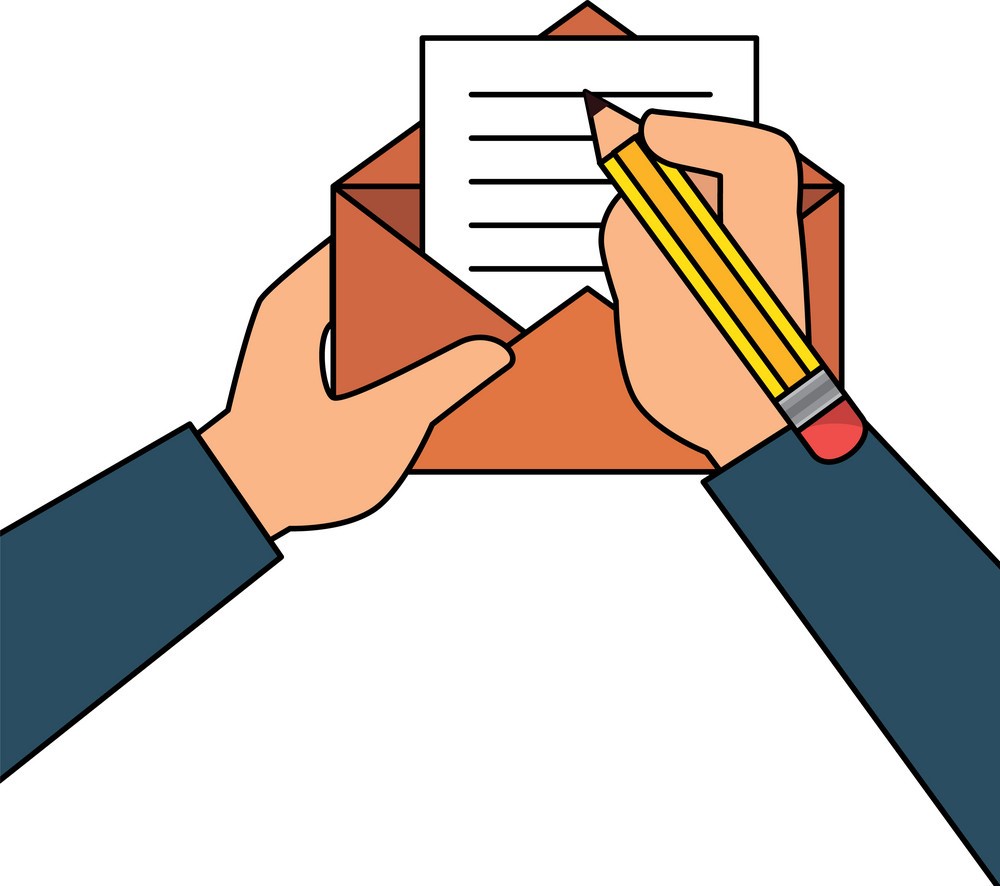
How do you respond to best regards?
Your response will largely depend on the content of the email. You can respond with;
- Warm regards
- Thank you
- Respectful
- Thanks a lot
- With thanks
- Many thanks
You can as well respond to “Best regards” with “Best regards”.
Is “Best wishes” a good sign off?
Yes. “Best wishes” is a good sign off. It shows that you’re wishing your recipient the very best. “Best wishes” can be used when sending emails to friends, colleagues, or close acquaintances.
How do you use best wishes?
You can use best wishes when;
- Sending an email to a friend
- Sending an email to a family member
- Sending an email to a close colleague
- Sending an email to a client that you have a close relationship with or you’re familiar with
Can you end an email with best wishes?
Yes. You can end an email with “Best wishes”. It is an email sign-off that shows positivity.
What can I say instead of best wishes?
If you don’t want to say “Best wishes”, some other good alternatives include:
- Warm wishes
- All the best
- Sending you the best
- Best of luck
- Best regards
- Good luck
- Success
- I wish you success

